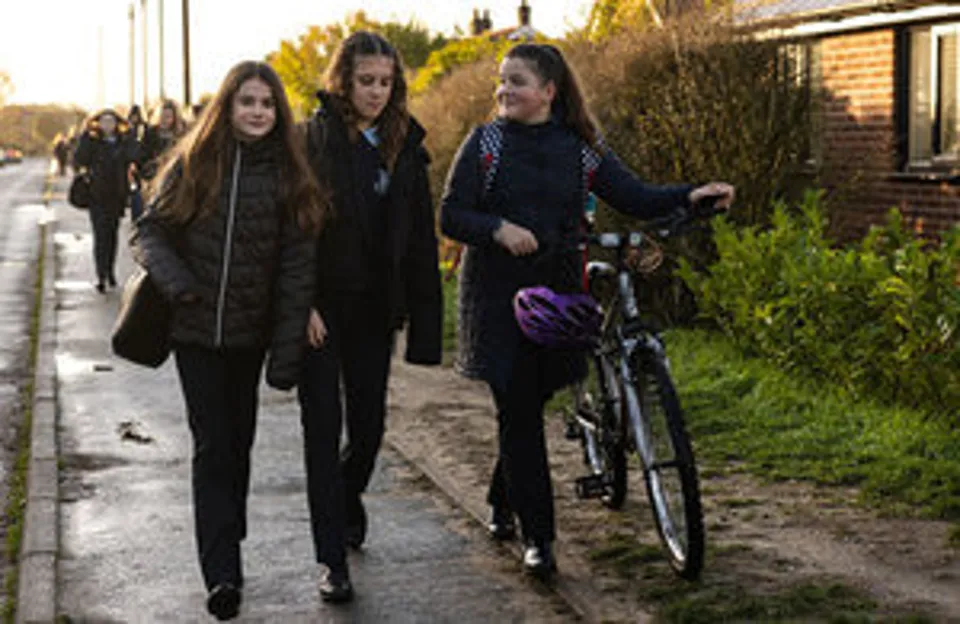The Government has announced a £200 million grant to help improve crossings and junctions around schools, high-streets and main roads and support walking and cycling.
Active Travel England is inviting local authorities in England to apply for funding to make improvements to enable people to choose active travel.
Schemes could include creating more paths in rural areas, developing safer routes for children to walk to school, and improved safety at junctions for people walking and cycling.
Funding will also be used to support people in wheelchairs and mobility scooters by making street designs more inclusive.
Mark Harper, transport secretary, said: “This £200m investment for hundreds of upgraded routes and paths across the country will help to reduce emissions, boost local economies, and create jobs.
“These new schemes will make it safer for children to walk to school and will better connect rural communities, helping more people choose active travel as an affordable and healthy way to get around.”
Projects will be designed in consultation with residents and businesses to ensure schemes are safe and work for local communities, the Department for Transport (DfT) has said.
Active Travel commissioner Chris Boardman said: “Active travel is convenient, cheap, low carbon and health-giving. It’s a choice we need to make sure everyone has. Sometimes it only takes relatively small changes, such as crossings on school routes or convenient places to park a bike, to give us the option to walk, wheel or ride.
“Our job is to help local authorities across the country ensure that everyone has more attractive options for their daily trips and we are excited to help them deliver those options.”
Walking and cycling charity Sustrans have estimated that active travel generated £36.5 billion for the economy in 2021 through increased spending on high streets, reduced pressure on the NHS and better access to jobs. This investment could also generate up to 16 million additional walking and cycling trips a year.
The funding could see more young people choosing a healthier way to travel from home to the classroom. With less than half of children aged 5 to 16 walking or cycling to school, this investment aims to boost uptake. The Government’s objective is to enable 55% of all primary school children to walk to school by 2025.
The successful projects will be announced later this year.
























Login to comment
Comments
No comments have been made yet.